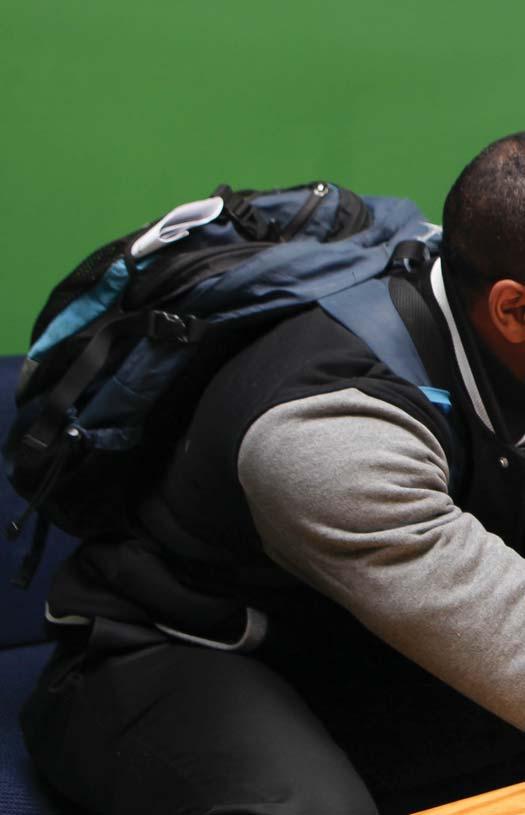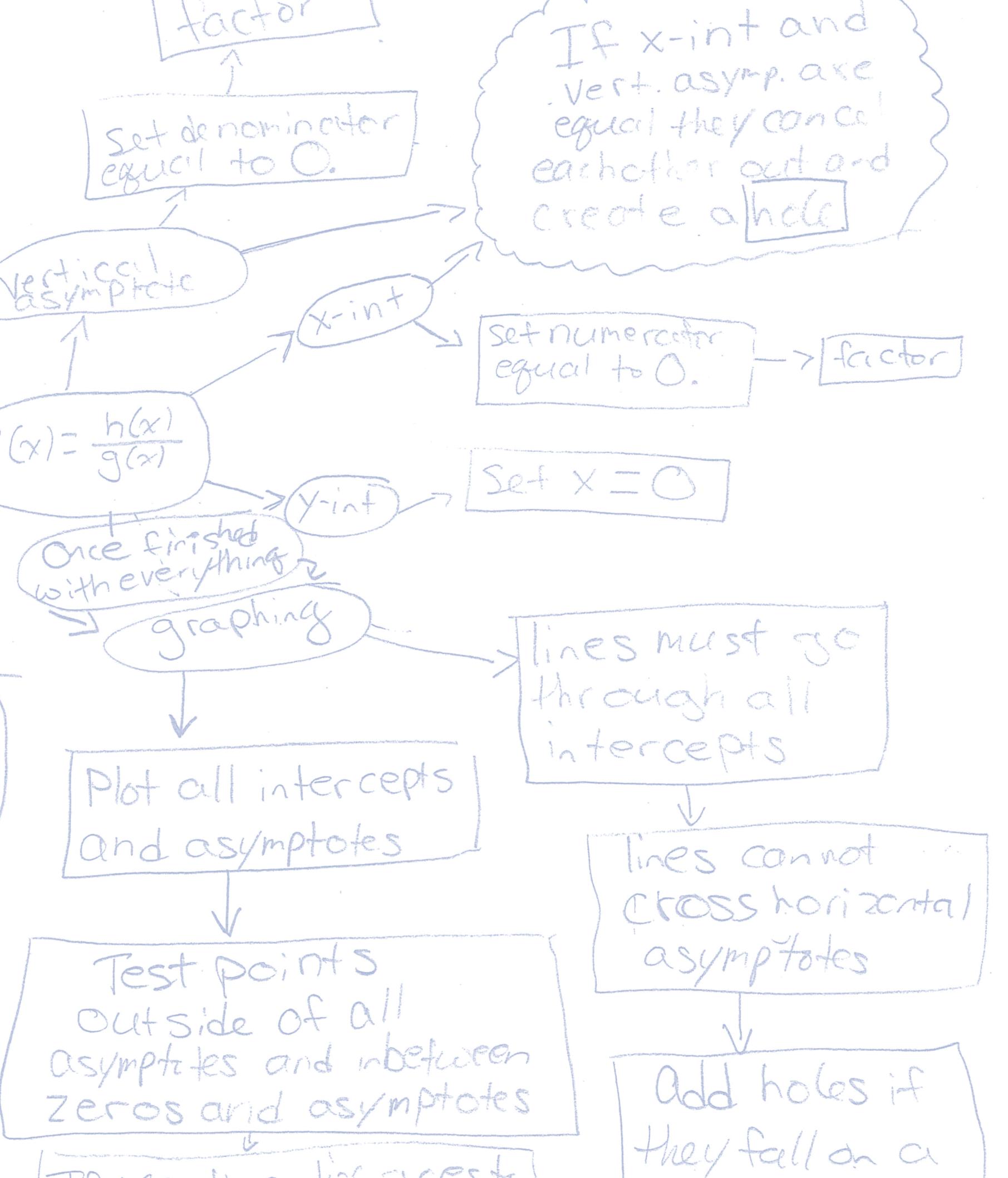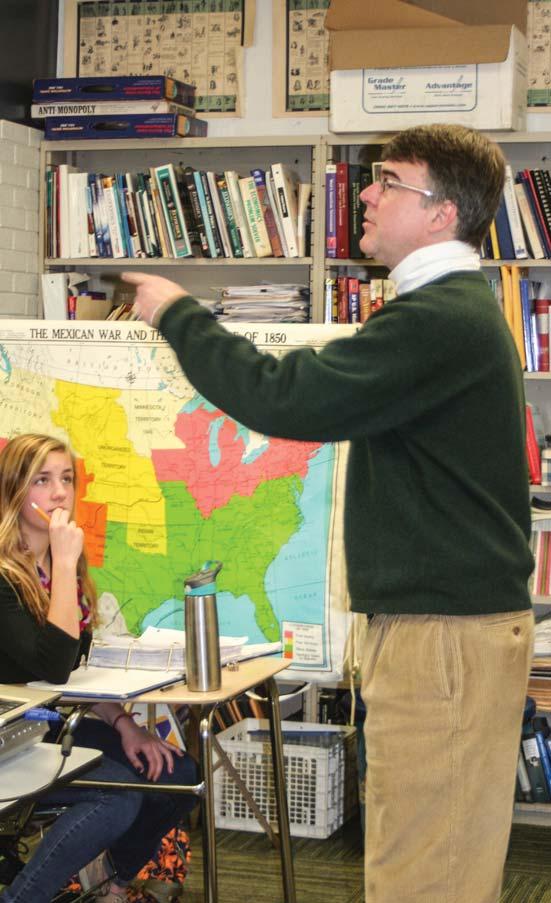
2 minute read
Write of Passage
Trinity is changing the face of writing. No longer is writing a skill learned just inside the confines of the English class. It is taking on a new life, permeating every classroom from math to art to music and students and teachers alike are feeling its collective energy. The writing initiative came out of the strategic planning committee for curriculum last year when the strategic plan was being developed. One area of potential growth discussed was in writing – an area in which Trinity was already strong, but could become even stronger.
“Developing a more comprehensive writing program was an objective of that group,” said Writing Coach and English Teacher Rebekah O’Dell. “Over the summer, we met to discuss what that would look like in every content area.” What has emerged over the course of the year is a multitude of creative and innovative approaches to the inclusion of and teaching of writing.
Advertisement

The math department has incorporated writing skills into its curriculum in the form of direction, analysis and problem solving. “We have learned that the old-fashioned definition of writing (composing essays and writing term papers) has been expanded to note-taking, diagramming, and summarizing – really anything involving the written word,” said Math Department Head Charlotte Morris.






Morris’s IB Math Studies class is a math class designed for seniors who are full IB diploma candidates. These students are required to submit an “Internal Assessment” as part of their IB score. This year’s class performed statistical studies on individual topics of interest and were asked to formulate a hypothesis, calculate statistical measures and tests, and then come up with a conclusion. However, this needed to be done in the form of a written paper. “This is challenging for students,” said Morris, “as they have not been previously asked to write a math paper that includes calculations and written explanations of the results. The process forced the students to not only demonstrate their knowledge of the statistics, but to also organize their thoughts in the description of the mathematical process and the relevance of each number obtained. It is a valuable skill as they move into college math, business, and statistics courses,” she said.
Many of the teachers in the math department this year have given the students an opportunity for test corrections. However, the requirement has been that the corrections come with a written explanation of how to solve the problem correctly and/or what the student did wrong the first time around. “I have seen a much greater focus on understanding the problem when the procedure has to be written out,” said Morris. “We all feel
Left to right, top to bottom:
Alix Melton ‘17; Abraham Ferrell-Logan ‘14, Evan Chong ’16, Zane Lewis ‘16; History teacher Bob Patterson










